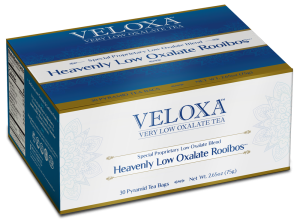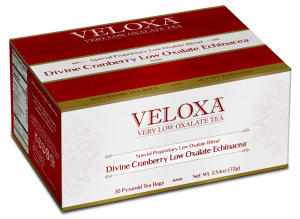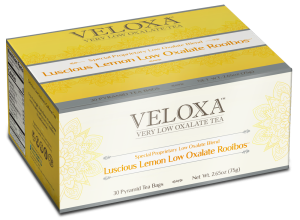Kidney Stone Types
Knowing the type of crystal helps determine the cause and may help to reduce the risk of recurrence
Calcium oxalate crystals
Kidney stone types include calcium oxalate crystals, the most common kidney disease. Approximately 80% of crystals are a form of calcium. They are usually made of calcium and oxalate (a natural chemical found in most foods), but are sometimes made of calcium and phosphate.
Oxalate is a naturally occurring substance found in food. Some fruits and vegetables, as well as nuts and chocolate, have high oxalate levels. Your liver also produces oxalate.
Dietary factors, high doses of vitamin D, intestinal bypass surgery and several metabolic disorders can increase the concentration of calcium or oxalate in urine. Calcium crystals may also occur in the form of calcium phosphate crystals.
Other less common crystals and kidney stone types
Below is more information on less common cystine crystals and struvite crystals found in the urine.
Struvite crystals in urine
Struvite crystals can happen when you have certain types of urinary tract infections in which bacteria make ammonia that builds up in your urine. Struvite crystals in urine are made of magnesium, ammonium and phosphate. These crystals can grow quickly and become quite large, sometimes with few symptoms or little warning.
Uric acid crystals in urine
Uric acid crystals form when your urine is often too acidic. These are kidney stone types that can form crystals by themselves or with calcium. Uric acid crystals can form in people who don’t drink enough fluids or who lose too much fluid, those who eat a high-protein diet, and those who have gout. Certain genetic factors also may increase your risk of uric acid crystals.
Cystine crystals in urine
These crystals form in people with a hereditary disorder that causes the kidneys to excrete too much of certain amino acids (cystinuria).
Other crystals
Other, rarer types of crystals also can occur.



